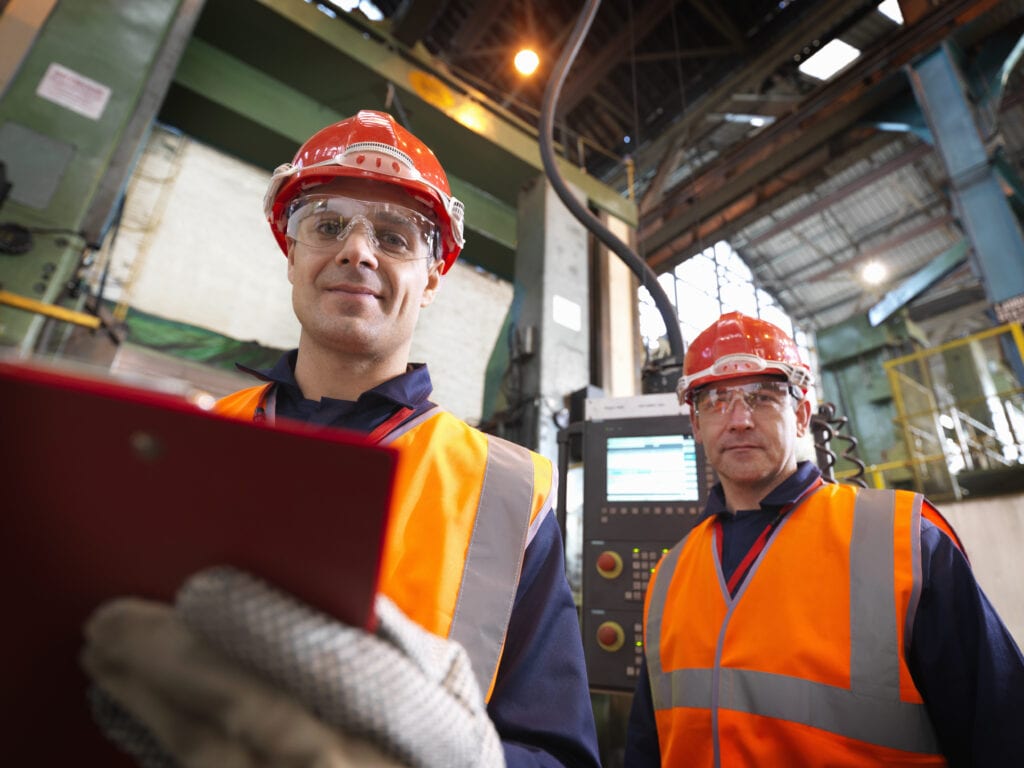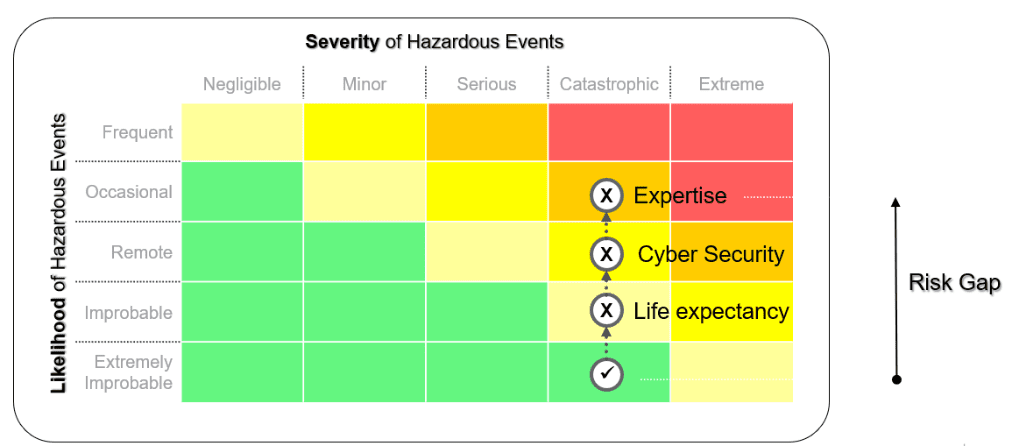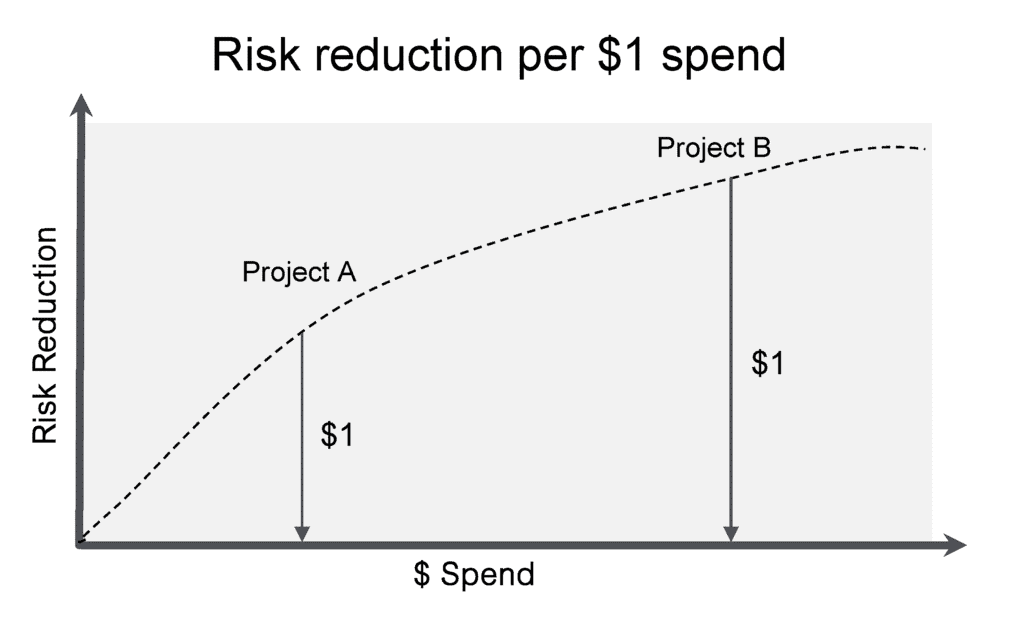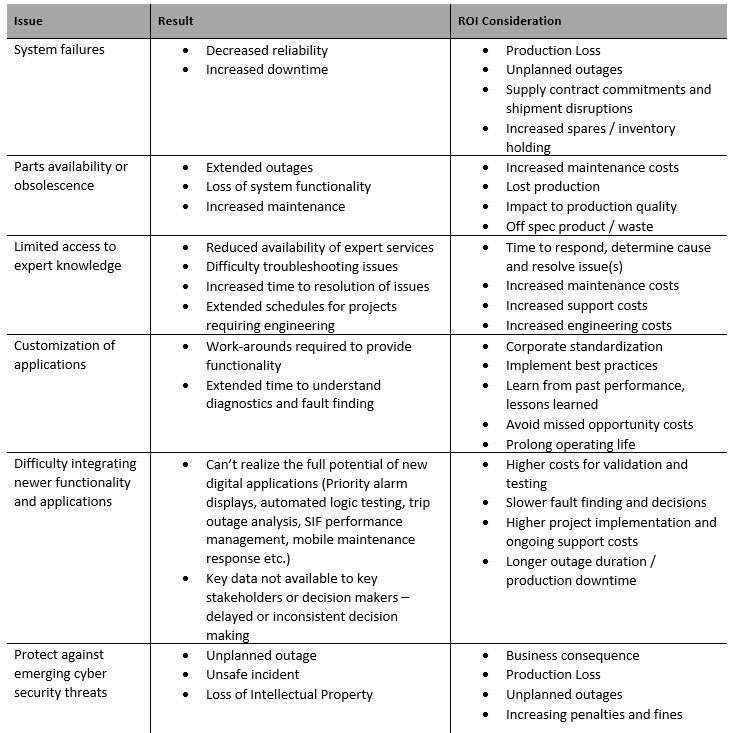 Process control systems, energy monitoring and control systems, safety instrumented systems are the heartbeat of any industrial manufacturing asset. The performance of these systems directly impacts the profitability, sustainability, efficiency, and operational resilience of each asset.
Process control systems, energy monitoring and control systems, safety instrumented systems are the heartbeat of any industrial manufacturing asset. The performance of these systems directly impacts the profitability, sustainability, efficiency, and operational resilience of each asset.
Traditionally these systems are considered in isolation, yet all suffer the same challenges – aging, limited system performance, loss of expertise and knowledge, opposing hostile cybersecurity threats, the ability to meet demanding standards and directives, increasing support costs, or unplanned downtime. The challenges are many – but all come down to one thing – they present a business risk. The combination of aging equipment, diminishing budgets and loss of domain expertise has made this situation all too common in recent years.
How do we mitigate the business risk and deliver a winning Return on Investment?
Doing a “replacement in kind” of aging automation or electrical systems to mitigate the business risk provides little or no benefit. There needs to be additional value created for the business or else why upset the status quo?
One proven approach is to consider the “sum of the systems,” for example, combining power and process information together to unlock new performance and create a winning Return on Investment.
Increased Profit = S Process Automation + Electrical Automation + Expertise
This approach has shown to deliver greater operational efficiency with improved process energy usage up to 10%, reduced downtime by as much as 15% and improved profitability by as much as 3% points.
What’s the best way to approach the investment request?
The justification for a system upgrade is seldom based on a single factor. Many considerations combine to ultimately build a successful ROI case for modernization. But, if you take a risk-based approach to address the business risk, then it provides the context behind the decision to seek investment.
Reduce Unplanned Outages
When the plant is experiencing multiple unexpected outages or trips in a year the justification should be easy… however, just because it hasn’t failed yet doesn’t mean that it won’t fail. It’s all a question of probability / likelihood, or “When, not if.”
If you wait until something fails, it then becomes urgent, and vital resources need to be diverted from existing projects or budgets to resolve the issue as discussed in our last blog. This often results in higher overall costs resulting from a compressed replacement schedule, paying a premium to expedite spares / repairs, and obtaining the knowledge and expertise required at a moment’s notice.
The biggest impact of any unplanned outage is the impact of business interruption. The entire production planning and scheduling can be thrown off balance, supply contract commitments can be placed in jeopardy, off-specification product may be produced that has to be written off, production targets can be missed, and the list continues.
Show the business risk using a risk matrix
Providing a simple visual of the many factors associated with modernizing any system can be hugely impactful. The Risk Matrix is a common denominator across most operating companies (although many use different sizes, 4×4, 5×5, 8×8), but it is known and understood. So, if you ignore the math behind the matrix (it’s hard to calculate the likelihood, but the consequences remain the same), then the risk matrix provides a simple, easy to understand, common view around which to have the discussion.
Another approach is to justify the upgrade in terms of Risk Reduction achieved per $1 spent:

It may be worth factoring in “What if” scenarios into the ROI calculation to demonstrate the business consequence. If such an event has happened, then real numbers can be ascertained and used to support the ROI. If not, then some “What if” scenarios may prove useful in raising awareness and showing the cascading effect it has on the enterprise and shareholder impact. Anything that has the potential to impact the bottom line often gets priority!
What factors should you consider in your risk matrix?
Typical factors for consideration include:
Explore the advantages of combined power and process information
In addition to mitigating risk, an upgrade can also deliver added efficiency and sustainability. Schneider Electric has launched EcoStruxure™ Power and Process to bring both low voltage and medium voltage information into the EcoStruxure™ Foxboro DCS to create a single window for visibility that allows operators to:
- Quickly diagnose events
- Combined electrical and process SOE for faster trip investigation
- Determine if electrical glitch, process control problem or equipment failure
= Recover lost production revenue faster
- Manage the situation
- Know process and electrical limits
- Respond to changing process and electrical conditions
- Operate within constraints
= Maintain production
- Identify energy savings
- Easily understand power usage
- Track and trend power consumption
- Explore energy saving opportunities
= Make energy efficient decisions
Once you have made the case for an upgrade, it is time to plan a path to prolong the operating life of the control system. Upgrades are often “gradual,” and parts of the system are upgraded as / when the time or opportunity presents itself. Key to the success of this approach is to ensure the interoperability of the different versions of the systems. As systems are upgraded, this approach creates “spares” that can be used to support the other legacy systems until they can be upgraded.
We will help you build a strategy with the right tools, dependable technology, and domain expertise that will help empower you to meet the challenges faced in today’s market. Leveraging the best of Power, Process and Digital, our energy management and automation solutions, combined with AVEVA’s integrated data platform and leading-edge industrial software, enable your upgrade projects to minimize risk, while empowering your people through connected capabilities and technologies.
In our next blog we will look at the best way to modernize process control systems and energy monitoring and control systems. In the mean time, explore more about our modernization services here and specific information on distributed control systems here.
If you have questions on EcoStruxure Power and Process, feel free to reach out directly to me, at elias.panasuik@se.com.





Add a comment